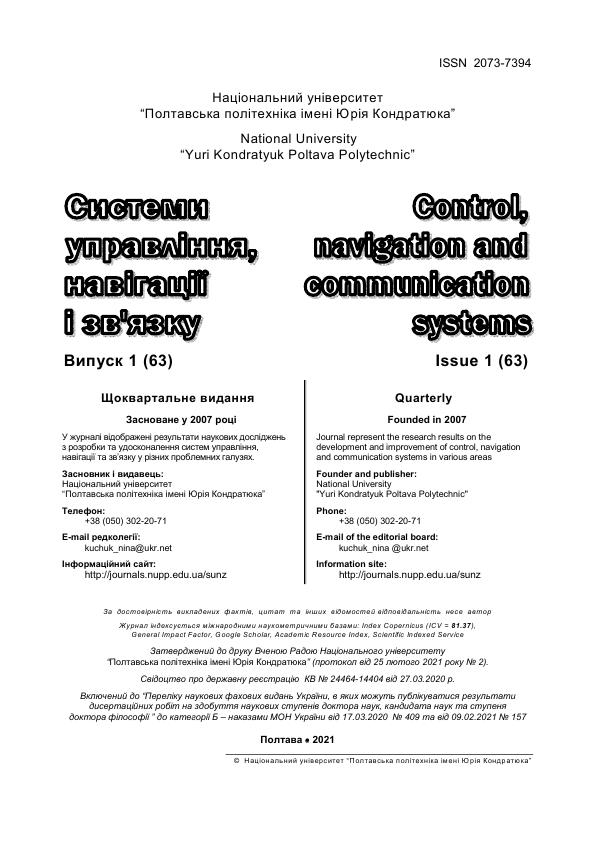DISCOMFORTABLE AND DAZZLING BRILLIANCE OF LED LAMPS AND FIXTURES
DOI:
https://doi.org/10.26906/SUNZ.2021.1.062Keywords:
quality of illumination, dazzling brilliance, uncomfortable brilliance, generalized discomfort indicator, effective brightness, effective radiation area, limiting brightness curvesAbstract
The paper it was regarding the assessment of uncomfortable gloss analyzed the results of recent researches and recommendations of the International Commission on Illumination (CIE). It was noted that the use of the generalized discomfort indicator (UGR) is ineffective for evaluating LED luminaires with uneven brightness distribution and requires clarification. It was analyzed the temporary changes introduced by CIE into the method for determining the adjusted generalized indicator of discomfort UGR '. The aim of the work was to study the distribution of brightness in typical luminaires for general indoor lighting and to assess their uncomfortable brilliance using the CIE extreme recommendation, as well as to assess the glare and lighting quality based on the limiting brightness curves. The effective brightness of the luminaire radiation and the efficiency of the radiation area were determined using the OST300 test equipment complex, which spectrometric system contains a monochromator, a photometric detector and a light source measurement system that simulates the human eye in the field of view of 100.11 and 1.7 mrad. The accuracy of brightness measurement ± 5%. The degree of influence of the magnitude of the effective brightness and the coefficient of the effective radiation area of the lamp on the value of the corrected generalized indicator of discomfort UGR was investigated using a lamp in which the diffusers were changed. It is shown that the increase in the generalized indicator of discomfort UGR for luminaires with non-uniform brightness can reach 10 or more units in comparison with luminaires with a uniform brightness distribution. By comparing the results of measuring the brightness of luminaires of various designs with their limiting values established by international standards, we evaluated the possible degrees of glare and the quality of illumination that can be generated by these LED luminaires. Based on the results obtained, conclusions and recommendations were made to improve the assessment of the uncomfortable brilliance of LED lighting installations with uneven brightness distribution and proposals for informing consumers about the brightness distribution and a correction factor that takes into account the effective brightness and the effective radiation area of the lampsDownloads
References
Справочная книга по светотехнике / Пол ред. Ю.Б. Айзенберга. 3-е изд. перраб. и доп. М.: Знак. — 972 с.
CIE 117-1995 Discomfort glare in interior lighting.
М. Кноон, Качество освещения светодиодами, Светотехника, 2014, No 5, с. 20-22.
Ван Боммель Знания, необходимые современным светотехникам, Светотехника, 2020, No 2, С. 16-32.
CIE 232:2019 Discomfort Caused by Glare from Luminaires with a Non-Uniform Source Luminance.
CIE 190:2010 Calculation and presentation of united glare rating tables for indoor lighting luminaires.
Peter Thorns BSC (Hons), Discomfort caused by Glare from Luminaires with a non-uniform source luminance.
Funke Carsten, Schierz Christoph What is the effective luminance or effective area of non-uniform LED luminaires for discomfort glare rating with UGR? Licht 2016: Karlsruhe, 25-28. September: Tagungsband – Proceedings. – Karlsruhe: KIT Scientific Publishing. – 2016, p.563-570.
ISO 8995-1:2002 Lighting of work places - Part 1: Indoor




